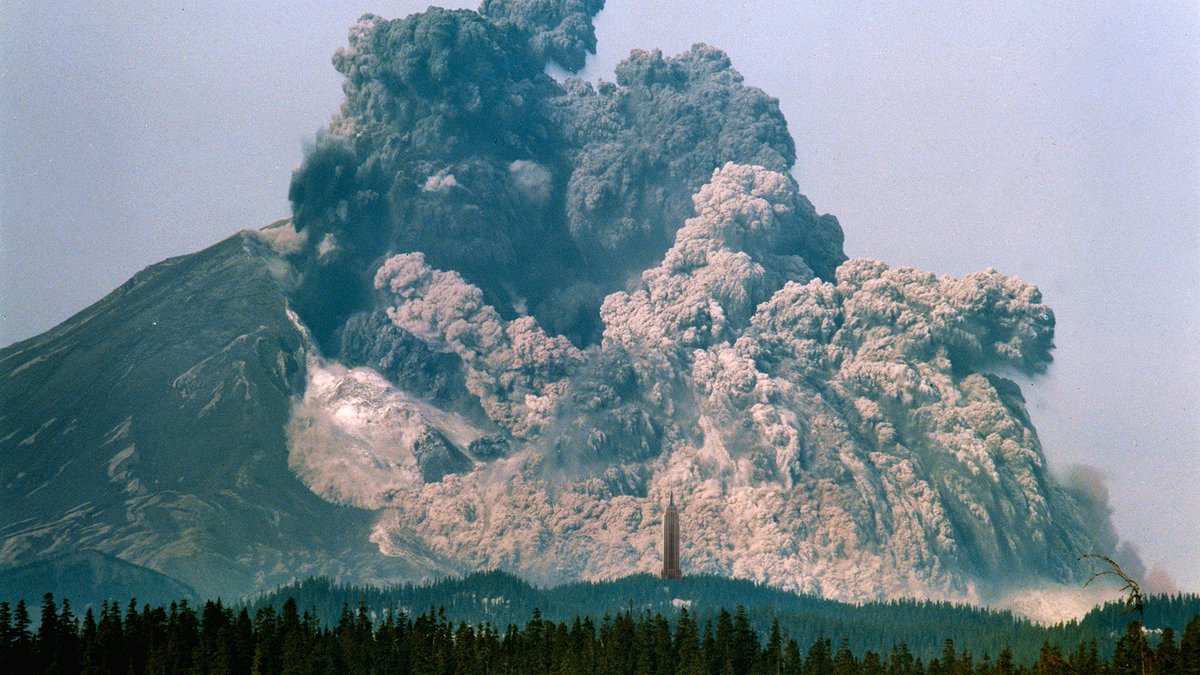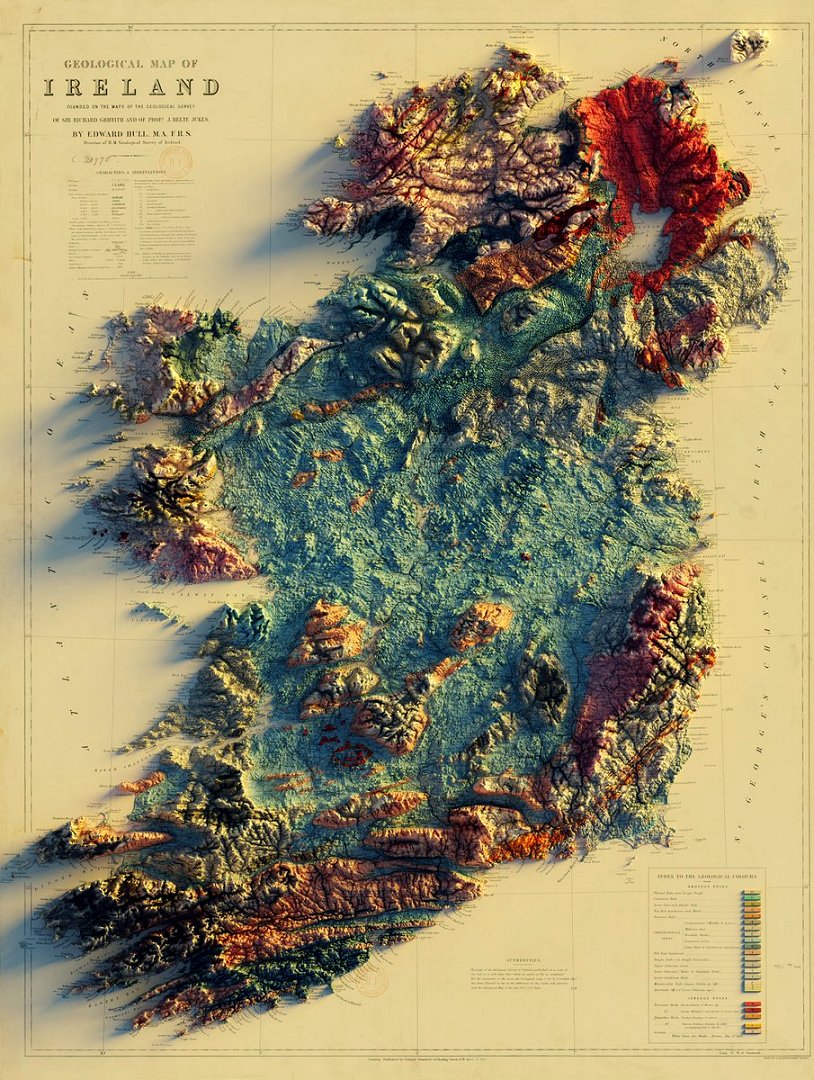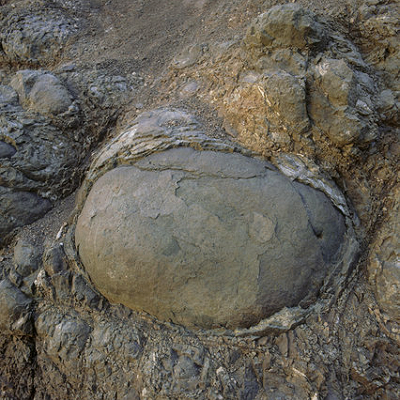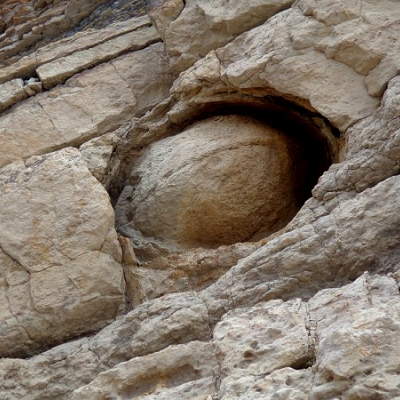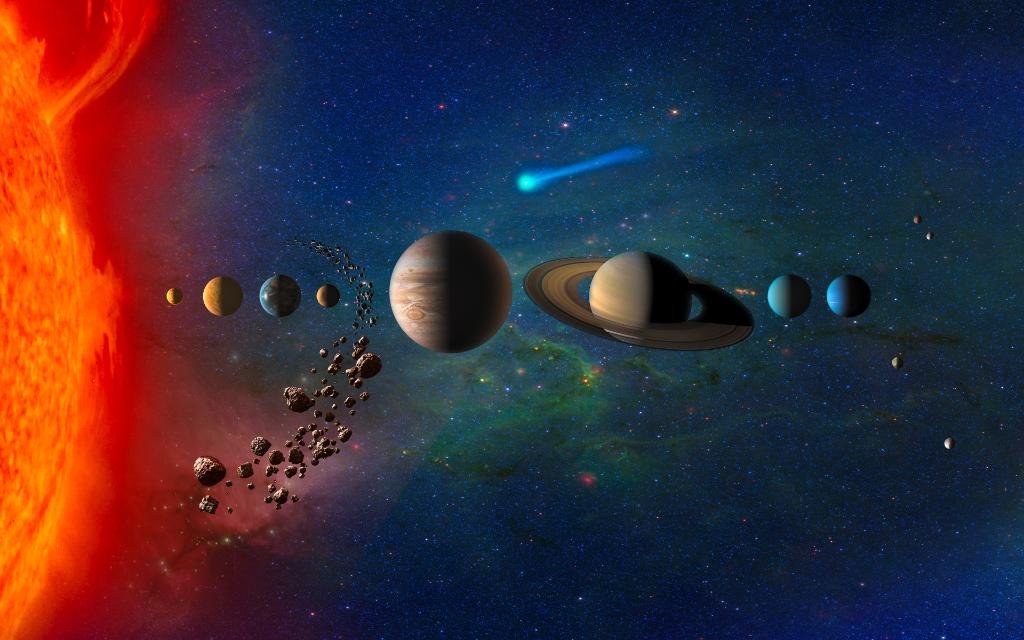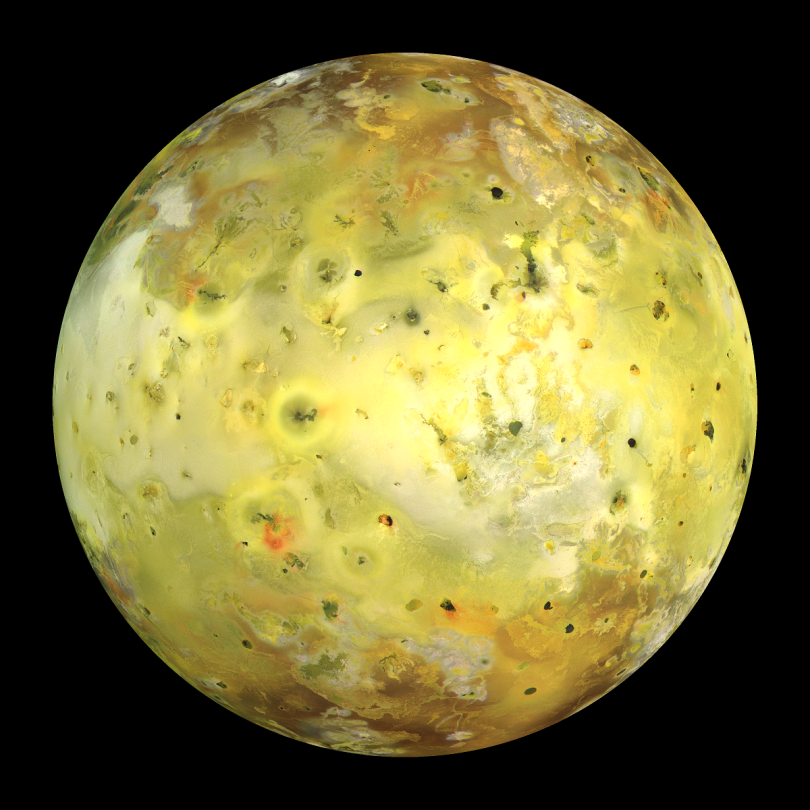
(Could be that no one needs to hear this. That's OK.)
I mean, it's not just the interior—though that's a huge part of it. Turn a chondritic asteroid into a silicate crust and an iron core. But the atmosphere gets processed, the mantle itself, and there's lots of interaction there especially if volatiles get recycled.
The point is, if you want to turn interstellar dust into something that's actually interesting... planets are your go-to tool.
I made this image a couple of years ago for a conference.
You probably know this, but just in case:
Earth, Venus, Mars, Mercury, and the Moon—all to scale.
You probably know this, but just in case:
Earth, Venus, Mars, Mercury, and the Moon—all to scale.
• • •
Missing some Tweet in this thread? You can try to
force a refresh








